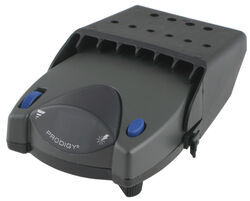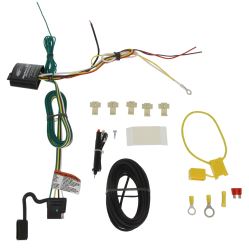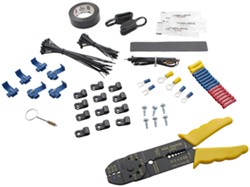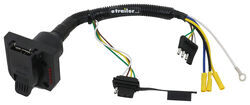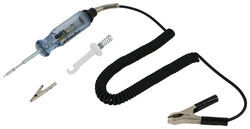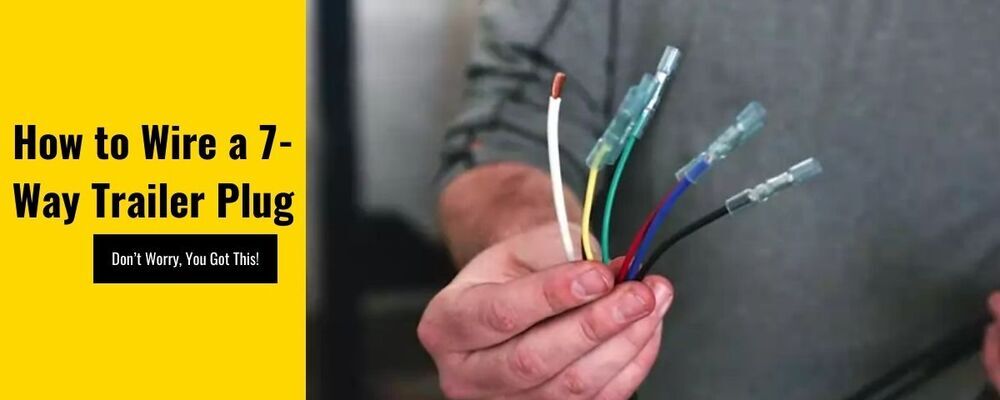
How to Wire a 7 Way Trailer Plug (It's Easier Than You Think)
What is the Color Code for 7-Way Trailer Wiring?
Green: Right turn/brake light Yellow: Left turn/brake light Brown: Tail/running lights White: Ground wire Blue: Brake controller output Black: Battery hot lead Purple: Reverse lights
Green: Tail/running lights Yellow: Reverse Lights Brown: Right turn/brake light White: Ground wire Blue: Brake controller output Black: Battery hot lead Red: Left turn/brake light
What Size Wire Gauge is Used for a 7-Way Wiring Harness?
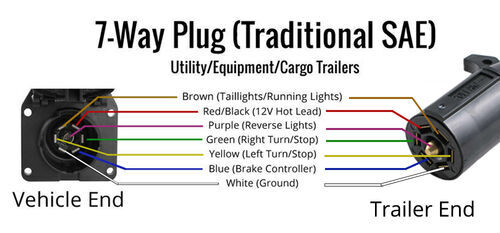
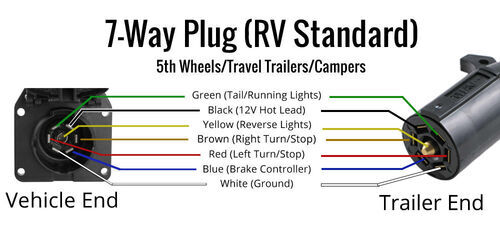
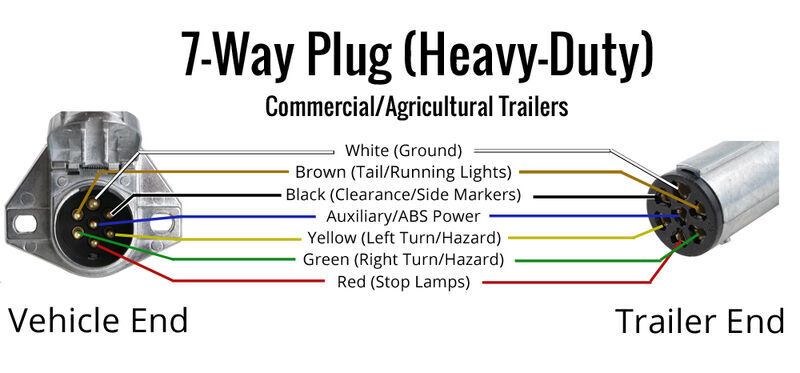
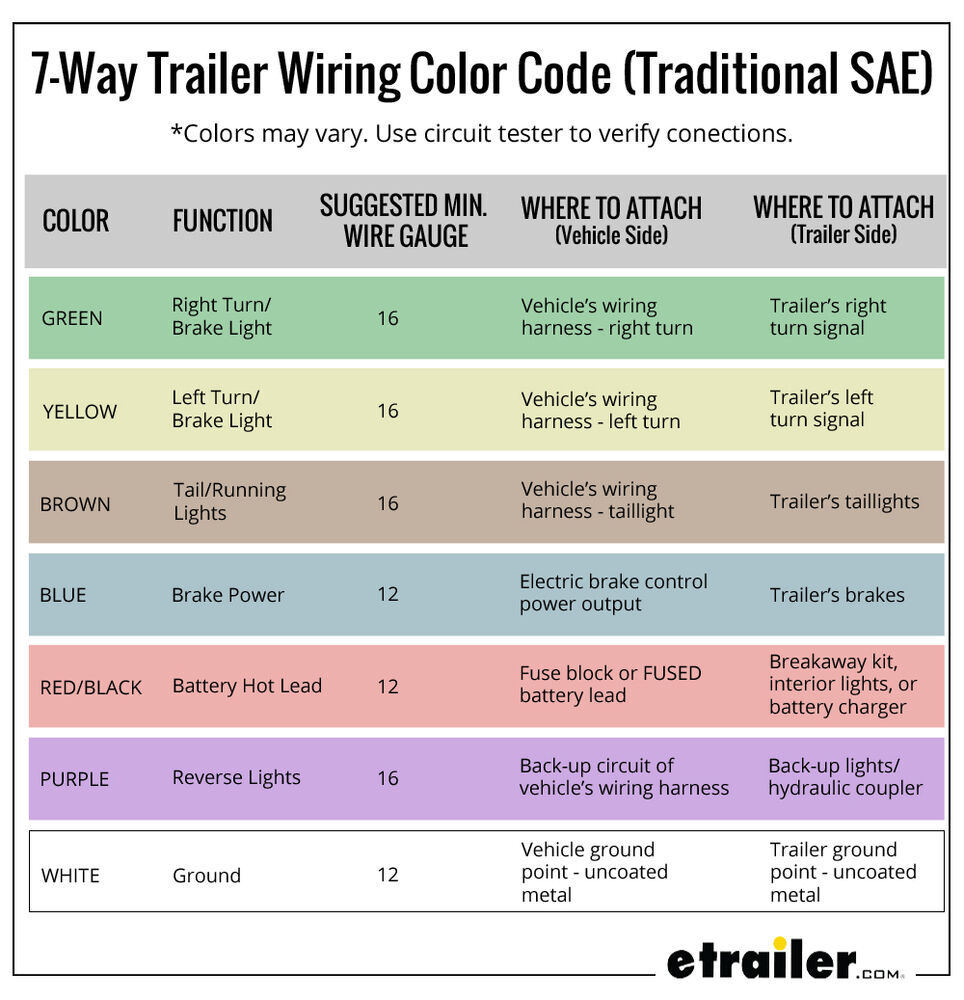
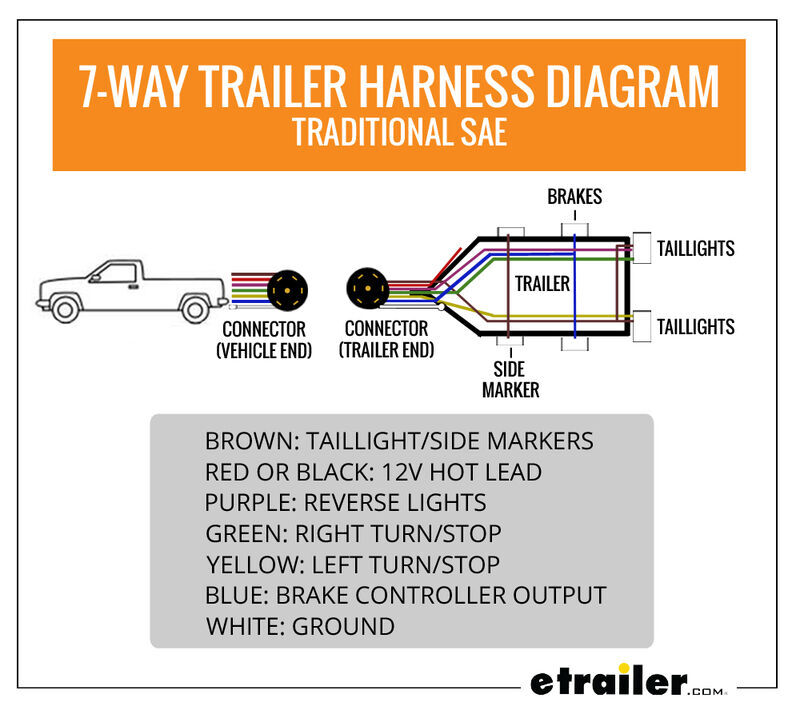
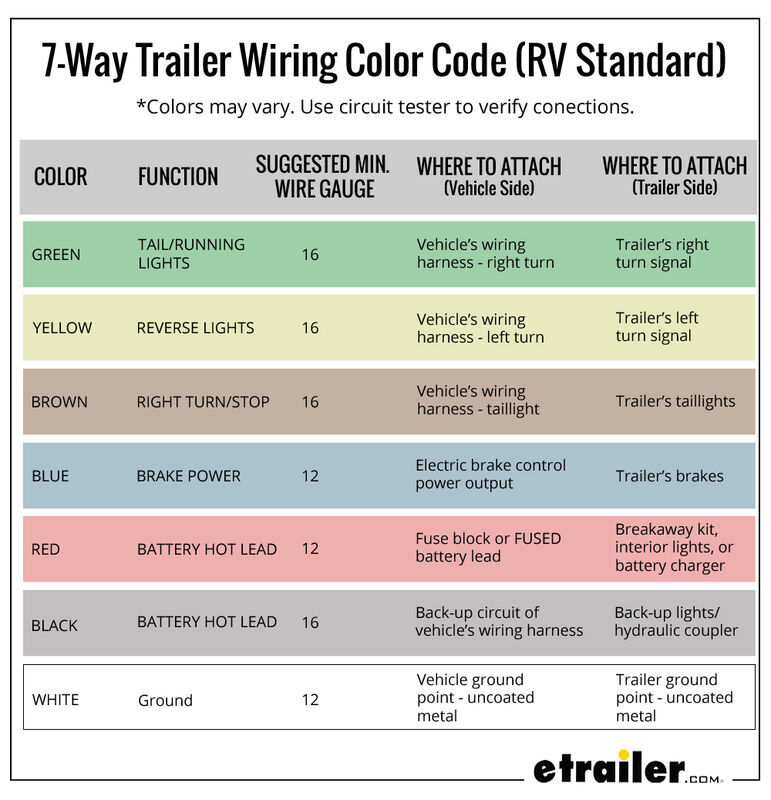
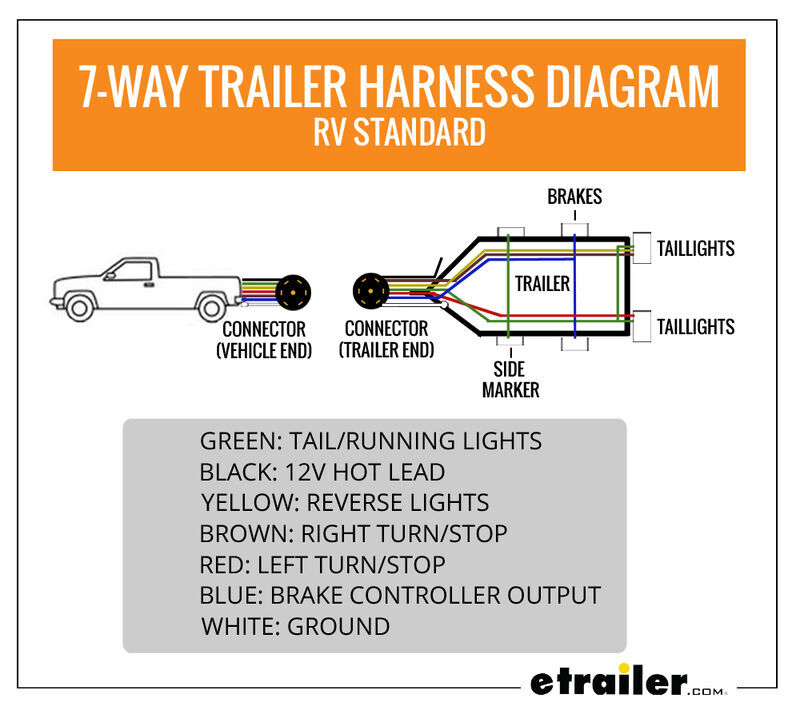
Wiring a Trailer with a 7-Way: Step by Step
Trailer Side
Step 1: Prepare for Trailer Wiring Installation
A junction box to organize and secure wiring A breakaway kit in case your trailer becomes disconnected A brake controller to control trailer braking
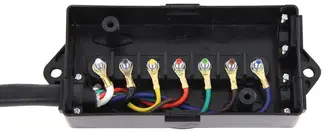
Step 2: Locate or Install Junction Box
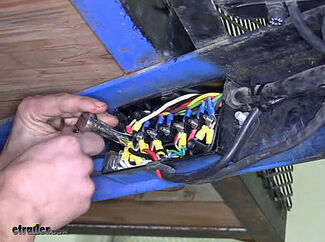
Step 3: Make Trailer Connections
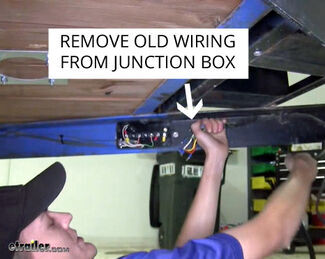
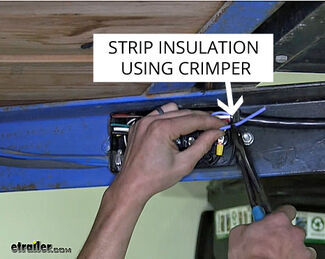
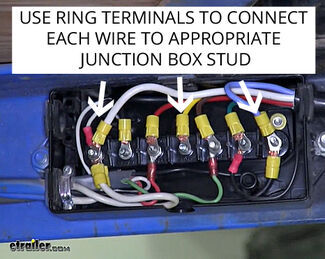
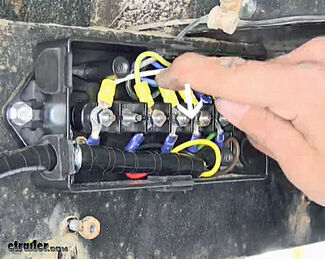
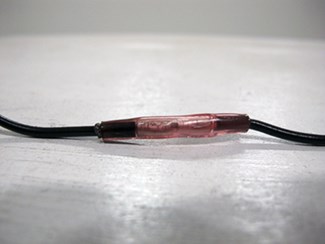
Vehicle Side
Step 1: Prepare for Vehicle Wiring Installation
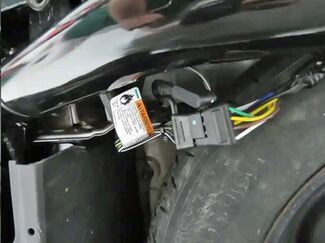
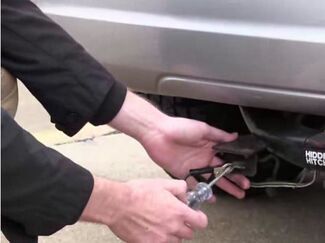
Step 2: Make Vehicle Connections
If the vehicle connector is under the vehicle, use a mounting bracket to attach it to the vehicle. This will help prevent damage that may occur if the connector is left dangling. Use a small amount of grease on all electrical connections—the plugs on your automobile and the connector itself—to help prevent corrosion.
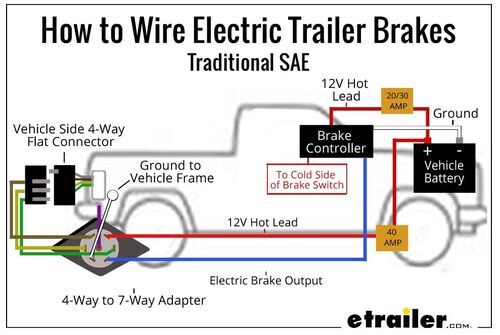
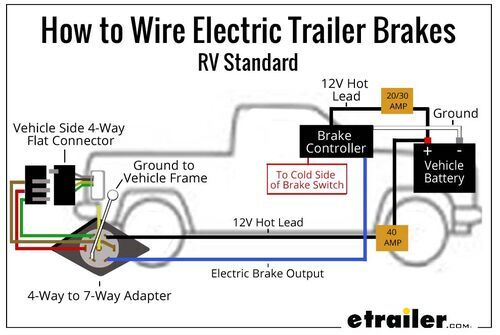
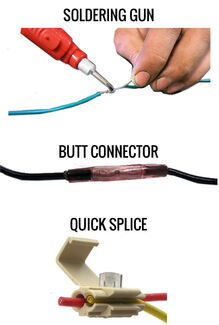
Departments
Towing
- Trailer Hitch
- Fifth Wheel
- Gooseneck
- Towing a Vehicle
- Front Hitch
- RV Hitch
- ATV Hitch
- HD Truck Hitch
- Vehicle Wiring
- Brake Controller
- Ball Mounts
- Weight Distribution
Sports and Recreation
Trailer Parts
- Utility Trailer
- Boat Trailer
- Landscape Trailer
- Enclosed Trailer
- 5th/Camper Trailer
- Car Hauler
- Horse Trailer
Vehicle
Contact & Help

What our customers are saying:
"WOW! I am impressed! I called to place my order and real person answered, spoke perfect English, albeit a slight southern accent, and my order was sent within a day, shipped quickly and I had it a few days later. I saved over a hundred dollars over local and installed it my self. I cant imagine how that they could do any better. THANKS!"
Eric
Cedar Springs, MI
Popular Vehicles
- Subaru Forester
- Ford F-350 Super Duty
- Ford F-250 Super Duty
- Chevrolet Silverado 1500
- Jeep Wrangler Unlimited
- Jeep Wrangler
- Ram 3500
- Toyota Highlander
- Ram 2500
- Chevrolet Silverado 2500
- Subaru Outback Wagon
- Chevrolet Silverado
- Dodge Ram Pickup
- GMC Sierra 2500
- Ram 1500
- Ford F-250 and F-350 Super Duty
- Jeep Grand Cherokee
- Toyota Tacoma
- GMC Sierra 3500
- Toyota Tundra
- Ford Escape
- More >>


